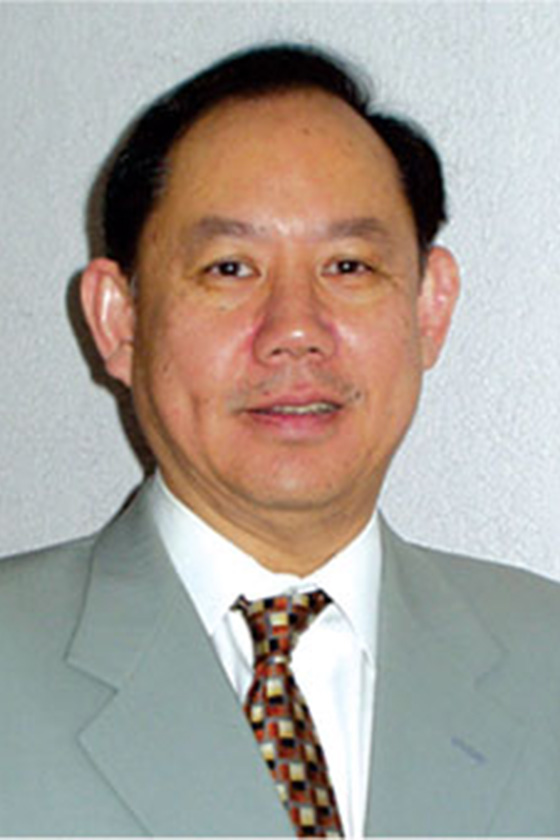DAMAGE INTENTIONALLY CAUSED TO FORECLOSED HOUSE NOT DISCHARGEABLE PART 1
法律
時間:03/18/2013
瀏覽: 3068
Section 523(a)(6) of the bankruptcy code states that debtor is not able to discharge “for willful and malicious injury by the debtor to another entity or to the property of another entity.” For example, debtor is no longer able to pay for his car loan. He gets so angry that he is going to lose his car that he drives the car over a cliff. Insurance will not pay the value of the car to the creditor because damage was not caused by an accident. Debtor then files for Chapter 7 bankruptcy relief. He lists the creditor of the car, Chase Bank, as an unsecured creditor for $25,000. Chase files an adversary case objecting to the discharge of the $25,000 arguing that debtor willfully and maliciously caused damage to the car by driving it over a cliff. Debtor argues that the brakes were not working and he was lucky to get out of the car just before it went over the cliff. Who will the court believe? In this example, it’s obvious that Chase Bank will win because the facts say that debtor got so angry he was going to lose the car so he drove it over the cliff. Therefore, debtor willfully and maliciously damaged the car. He will not be able to discharge the $25,000.
But what will happen if this same debtor removes the floors, windows, lights, appliances, air-conditioner from his house because his house was going to be foreclosed by Chase Bank, and claims that he was actually remodeling his house before foreclosure? Chase alleges that the total damage to the house was $50,000 because of what debtor did.
But what will happen if this same debtor removes the floors, windows, lights, appliances, air-conditioner from his house because his house was going to be foreclosed by Chase Bank, and claims that he was actually remodeling his house before foreclosure? Chase alleges that the total damage to the house was $50,000 because of what debtor did.
图片翻摄自网路,版权归原作者所有。如有侵权请联系我们,我们将及时处理。

(626) 284-1142
個人、公司破產,第7、13章,破產法庭出庭訴訟
打開微信,使用 “掃描QR Code” 即可將網頁分享到我的朋友圈。
 點評
點評 微信
微信 微博
微博




